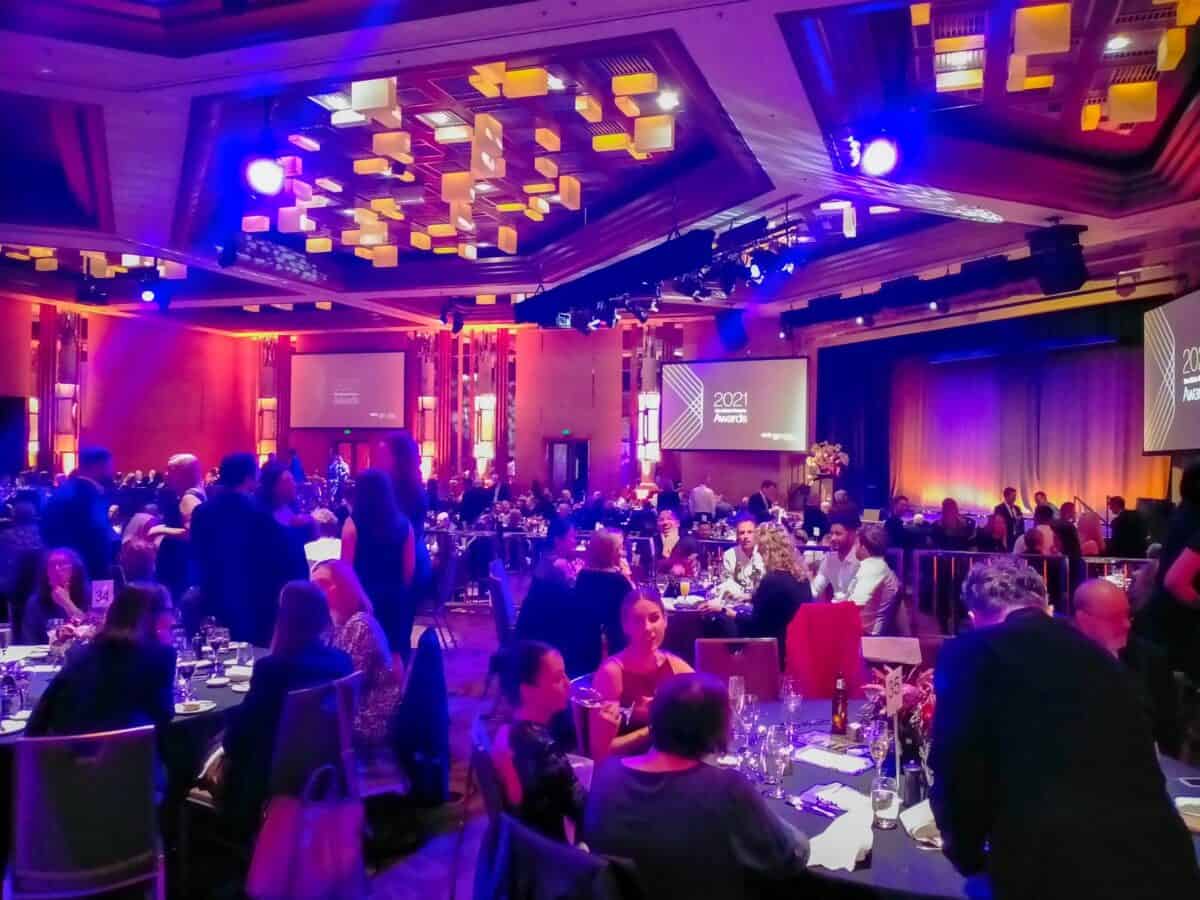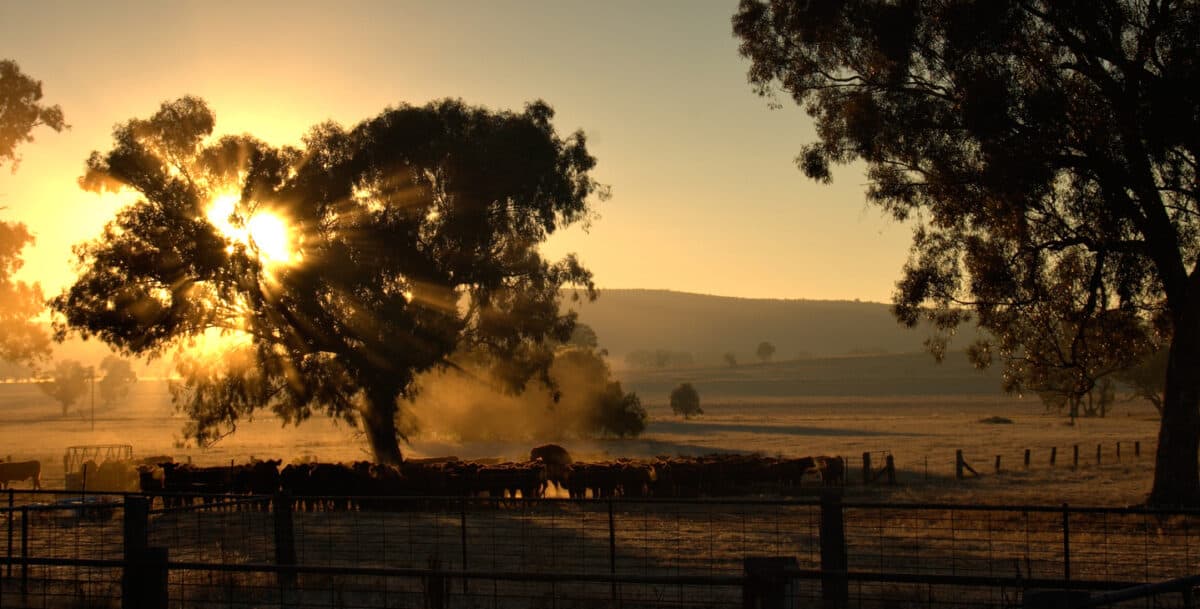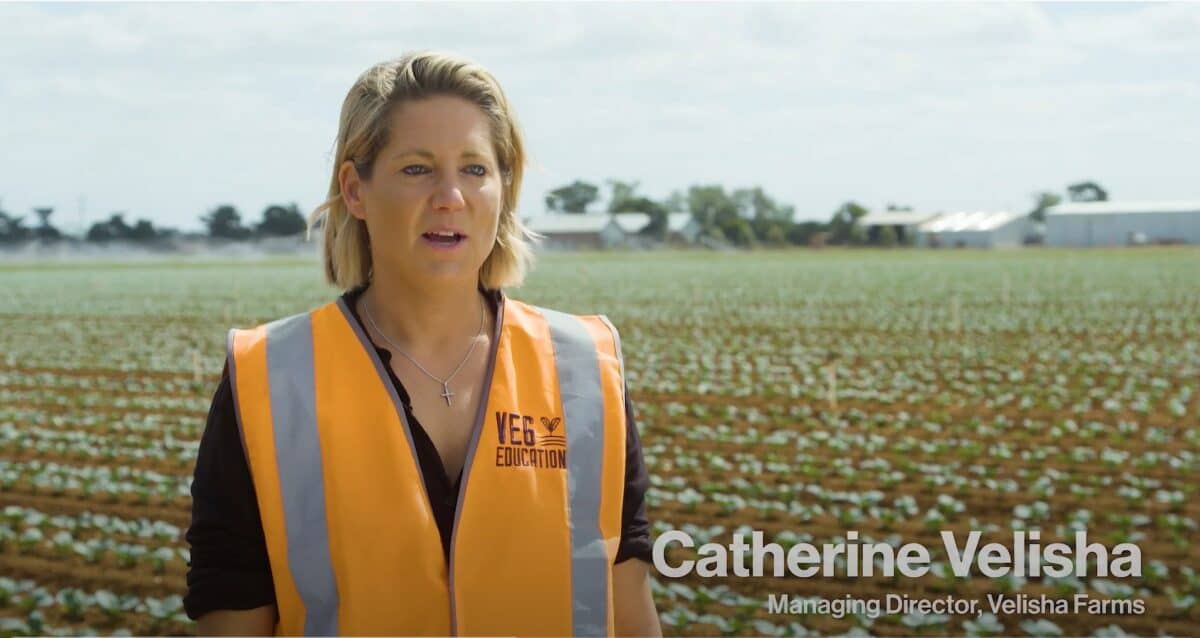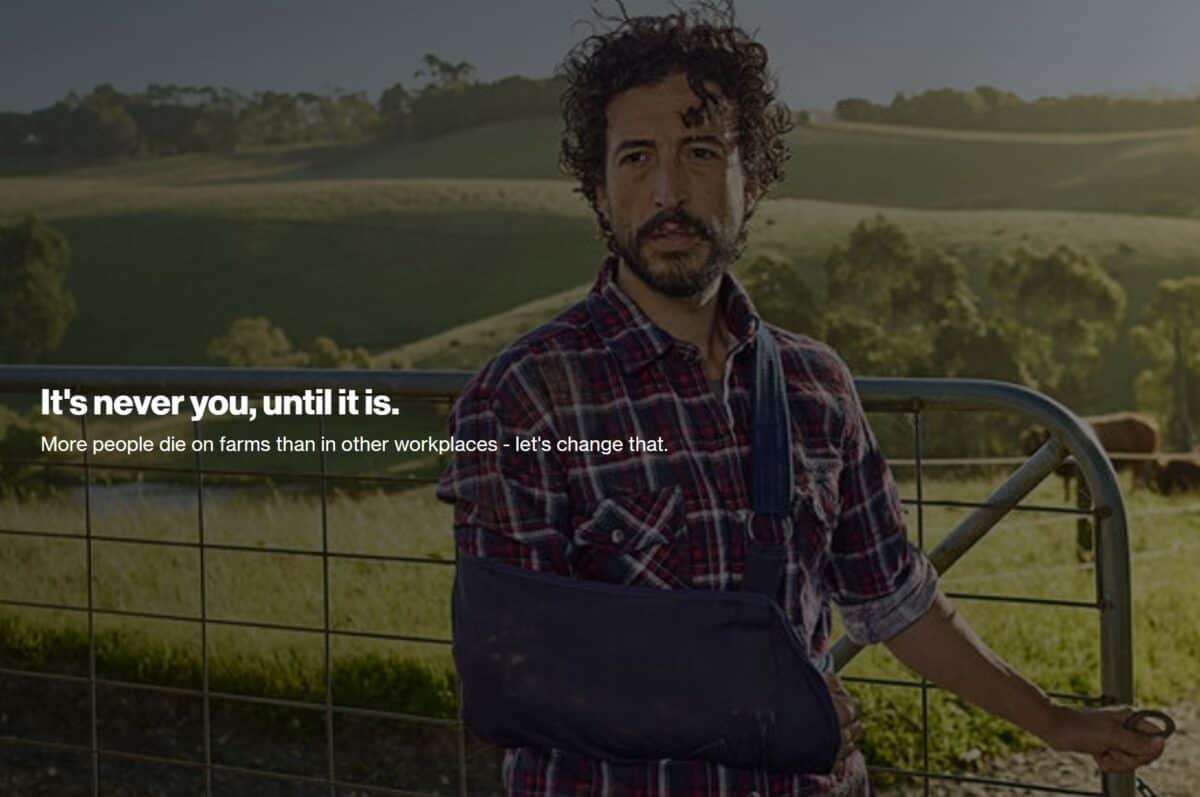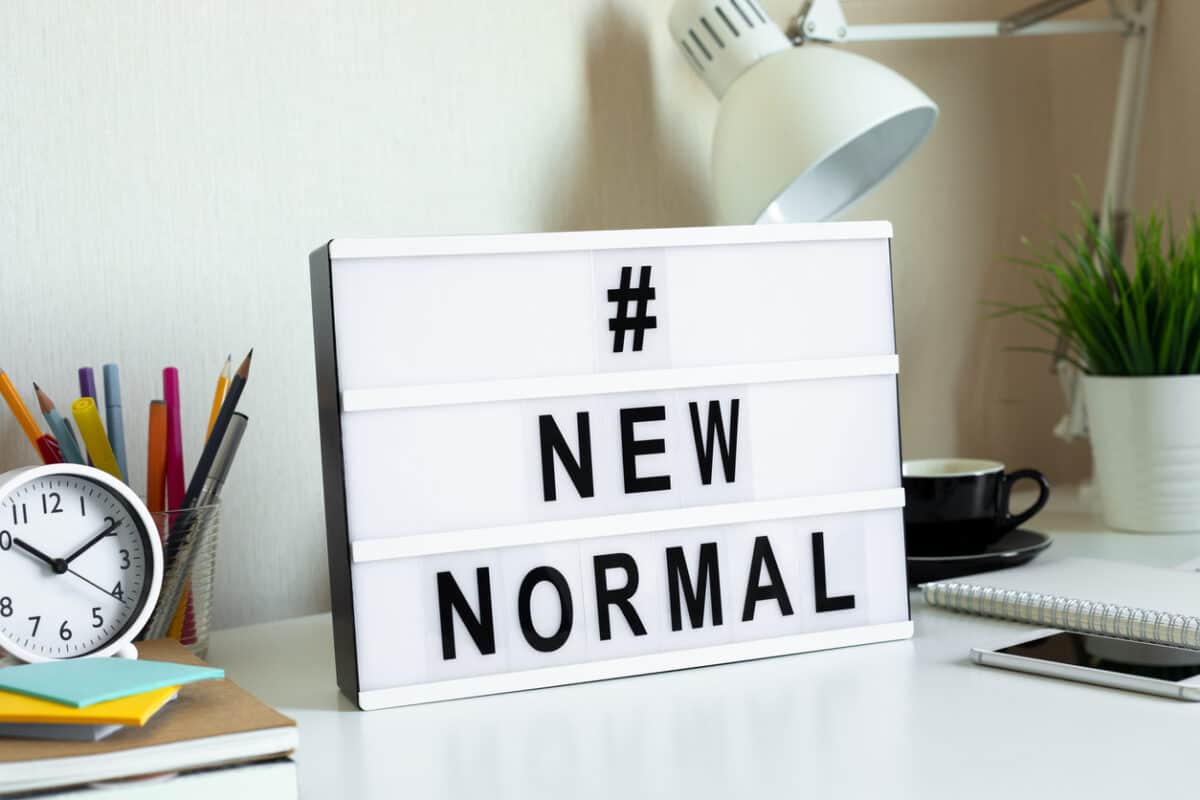WorkSafe Victoria has actively campaigned against occupational violence for the last few years. The pandemic, understandably, brought the focus onto violence against emergency services workers and healthcare staff. Recently the campaign has focussed on gendered violence at work. The intention is to be inclusive, to address the variety of violent acts and the variety of people gendered violence affects, but it is not as inclusive as it could be.
Category: advertising
How will people know you’ve won a safety award?
Modern-day events such as conferences, seminars and awards nights rely on social media strategies to maximise the value of the event and the communication opportunities they afford. This year the WorkSafe Victoria Awards night seems to have applied a thin social media strategy even though it has important stories to tell.
Usually, signs, brochures, information booklets and even tables mention the social media hashtag that the event organisers want the audience to use to promote and record the event. This year WorkSafe Victoria mentioned #WSAwards21 at the night’s start and never again. The hashtag was nowhere to be seen. This may be a major factor in the very low Twitter activity.
As of the time of writing, Twitter had 29 mentions of the #WSAwards21 hashtag, most posted by WorkSafe itself. I tweeted five of them. The audience members or finalists have tweeted only three times.
Farm safety is unique, not
Australian farmers feel they work in a unique safety culture into which work health and safety laws have intruded. This intrusion by government and bureaucrats will persist regardless of the number of work-related incidents that happen to farmers, workers and relatives and the children of farmers.
All farmers and parents advise their workers and relatives to be safe, but this applies a broader range of safety to what is considered in cities and other industries. As far as is reasonably practicable (ASFAIRP) takes up a bigger, greyer range of safety on farms.
This uniqueness and occupational health and safety (OHS) perspective were on display in a recent farm safety article in The Weekly Times, a major Australian agricultural newspaper. The article “Farm Safety Focus Urged to Avoid Tragic Consequences”*, looked at two scenarios. One involved a childhood horse racing injury and a later adult motorcycle traffic collision (Dave Lovick); the other was an adult work-related quadbike incident (Kat Gration).
A traditional farm safety campaign with tweaks
For the last few years, farm safety has been dominated by arguments over the safety of quad bikes. Squabbles continue in Australia, but that topic is largely over, and many are returning to a broader and more contemporary approach to health and safety in farming.
It looks like WorkSafe Victoria has begun to roll out its farm safety ambassadors with Catherine Velisha on the cover of a recent edition of Stock and Land newspaper and in a Youtube video. This is supported by a full article on page 3 with an additional article in a glossy supplement provided with WorkSafe’s support.
The article is a blend of promotion for Velisha’s farm management training company and media releases from WorkSafe Victoria. The occupational health and safety (OHS) statistics are new but not very different from previous statistics. Middle-aged men continue to be a feature of the fatality statistics, and 58 on-farm deaths happened in 2020, the same as the year before. Quad bikes have been a major factor in those deaths.
OHS is “… more what you’d call ‘guidelines’ than actual rules.”
Occupational health and safety (OHS) may not be a common subject in the mainstream media but there is plenty of political discussion on the topic in Australia’s Parliament.
The current (conservative) federal government seems very slow to accept and respond to recommendations from official inquiries that it sees as a secondary political priority, such as sexual harassment and workplace health and safety. The hearings of the Senate’s Education and Employment Legislation Committee on March 24 2021, were, as usual, enlightening.
WorkSafe Victoria intends to change the farm safety culture
WorkSafe Victoria has launched a new campaign about health and safety on farms. Safety and health in this sector needs constant promotion as high rates of death and serious injury persist. The latest video campaign deserves a broad audience and hopefully is pushed heavily on television in rural areas and through local newspapers (what’s left of them) as these media continue to be major influences.
Farming is one of the hardest industries in which to achieve tangible change in occupational health and safety as discussed only recently on this blog. This latest campaign is fresh and looks good but the message is confusing if, as WorkSafe Victoria claims, the aim is to affect cultural change in the agriculture sector. The video takes a narrow focus on the male farmers implying they are the major cause of injuries. (Gender is a sensitive issue in farming, even though the statistics show older male farmers continue to be at high risk of injury) There is a little bit of “blame the worker” which is contrary to most strategies for cultural change.
Clues to the “new normal” of work
The COVID19 pandemic has devastated many countries but it has also created business opportunities. Recently workplace IT company Skedulo released a whitepaper about the new work normal. The document is essentially a marketing strategy but there are some hints about workplace change that may be of interest to occupational health and safety (OHS) advocates and professionals.


